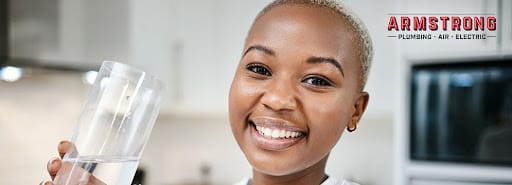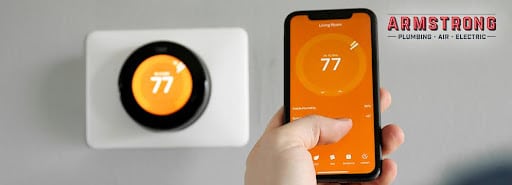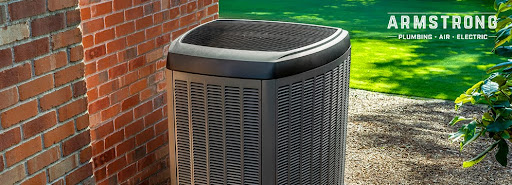Summer is here and it is definitely hot! Staying cool this summer doesn’t necessarily mean you have to pay a fortune to keep the air-conditioning running. Here are 10 tips that will keep you comfortable and cut the typical cooling bill by as much as half. It only takes a little time and a few changes in your routine to BEAT the HEAT!

1. Set the thermostat above 78 degrees. You’ll save 5%-8% on cooling costs with each degree above that mark. When you leave home for more than an hour, set the thermostat to 85 or 90 degrees. Reset it upon your return, and the room will cool down in only 15 minutes. The system will use less energy during the cool-down period that if you had left it running at a lower setting while your were out.
2. Use a Fan. A fan will make a room feel 4-6 degrees cooler. It works well together with an air conditioner because the dehumidifying action of the air conditioner provides drier air that the fan can then move around. A ceiling fan should be set to spin counterclockwise in the summer and should only be set to run when you are in the room.
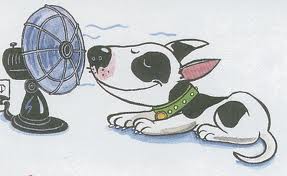
3. Take advantage of the “Texas Cool”. “Texas Cool” is a morning and evening routine that takes advantage of cool outdoor temperatures at night and keeps the heat at bay as much as possible during daylight hours. Simply, open windows and bring in cool air with window fans at night when the temperature drops. As soon as the sun comes up or the air starts to heat up, shut the windows and shades and keep doors closed.
4. Use Sun-blockers. As much as 20% of summer heat enters your home as sunlight shining through windows. Add curtains or blinds to rooms that get direct sun and draw them in daylight hours. Pay special attention to west facing rooms late in the day. Exterior options for these windows are to install awnings or plant shade trees.
5. Install a Programmable Thermostat. A Programable thermostat lets you preset temperatures for different times of the day, so air-conditioning is working only when you are home.
6. Cook Smart. Save cooking (especially baking) for cooler hours, or cook outdoors on your grill. Any appliance that generates heat adds to your cooling load. Consider running your dishwasher and clothes dryer at night as well.
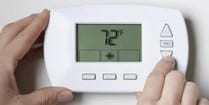
7. Get Cooler Lights. Replace incandescent bulbs with compact fluorescents. They use 75% less energy and emit 90% less heat.
8. Snug up the Ducts. Leaky ducts can cut into air-conditioning efficiency. Ductwork must be balanced between the supply and return sides of the system in order for it to work safely and efficiently, so making a repair in one section can cause a problem in another. Unless the duct repairs are minor, it’s wise to leave them to a HVAC pro. While they are on site checking your ducts, have them tune up the air-conditioning unit by cleaning filters, unplugging coils, unblocking drains and lubing the fan.
9. Seal Air Leaks. The places where cold air infiltrates in winter are routes for hot air in summer. And what’s worse, hot air is often accompanied by high humidity, making you even more uncomfortable. Armed with a flashlight, exterior-rated silicone caulk and a couple cans of expanding foam insulation, hunt down and seal all leaks. Concentrate on the attic, basement and crawl space; pay close attention to anything that passes through a ceiling or wall, such as ductwork, electrical or plumbing conduits and kitchen and bath vents. Other common leaky spots are around windows and doors. if you can rattle a window, it’s leaking. Seal it with weather stripping.
10 Defeat Attic Heat. The temperature in your attic can reach 150 degrees on a hot summer day, a situation that if left unchecked can drive up cooling costs by as much as 40%. Make sure your attic is also well ventilated. Gable vents can lower attic temperatures about 10 degrees. A ridge-and-soffit ventilation system can reduce temperatures even more. When roofing, use white or pale-gray shingles instead of dark ones. This will help keep the attic cooler as well.



